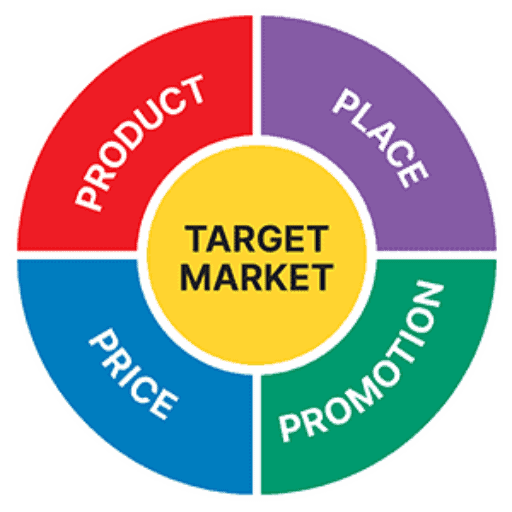Advertising | Chapter 04 | Chapter 13 | Chapter 15 | Chapter 16 | Consumer behavior | Integrated marketing communications | Promotion | Social media | TV Commercial | Video
Post-Super Bowl Advertising Analysis
We are here to provide you with a few post-Super Bowl thoughts. First, we have a couple of ideas for in-class activities you could use…


